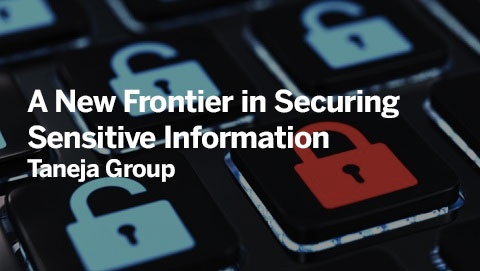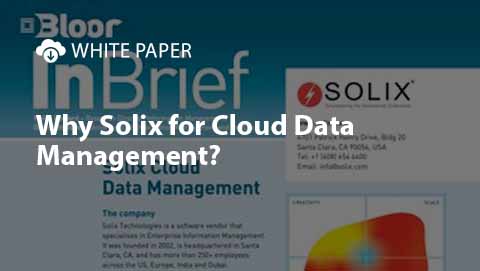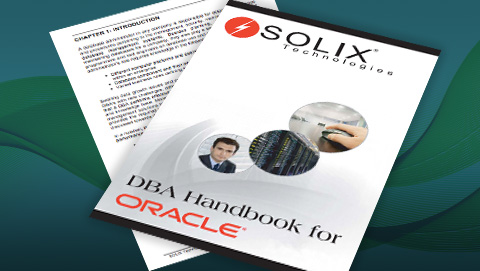Statistical Obfuscation
What is Statistical Obfuscation?
Statistical Obfuscation is a data masking technique that refers to the strategic manipulation of data values through statistical methods, preserving the overall statistical properties of the dataset while rendering individual data points indecipherable. While traditional masking replaces data with fictional values, statistical masking employs statistical algorithms to generate realistic yet altered data, maintaining the integrity of analytical results.
Key Features
As a cutting-edge technique in data masking, it operates through a series of intricate processes involving advanced statistical algorithms. The primary objective is to alter sensitive data to preserve the original dataset’s statistical characteristics while rendering individual data points unidentifiable. This process is integral to various data protection methods, including data anonymization, encryption, and redaction. Let’s delve into the intricate workings of the masking technique.
- Essential Statistical Properties: The core principle of Statistical Obfuscation is to preserve the statistical properties of the data. This includes characteristics such as mean, variance, distribution, and correlations.
- Integration with Compliance: It plays a crucial role in addressing concerns related to data compliance, such as GDPR and PCI DSS, and supports organizations in mitigating risks associated with internal and external threats.
- Dynamic Adaptation: Statistical Obfuscation isn’t a one-time process. It dynamically adapts to changes as new data points are added or existing ones are modified. The statistical algorithms adjust the masked data accordingly to ensure the statistical integrity of the dataset.
Use Cases of Statistical Obfuscation
Understanding the practical applications of Statistical Obfuscation in data masking is essential for organizations seeking comprehensive data security solutions. Here is a detailed view of use cases highlighting its versatility and effectiveness.
- Data Analysis and Research: It enables organizations to perform analytics on masked data, ensuring that sensitive information remains confidential while allowing valuable insights to be extracted.
- Financial Reporting: Companies can use it to conceal specific financial details in their reports while still providing accurate and relevant information to stakeholders, thus maintaining confidentiality and compliance.
- Public Opinion Survey: It can help survey organizations protect respondents’ identities while aggregating and analyzing survey data to identify trends and patterns accurately.
- Regulatory Compliance: It helps organizations to align with data protection regulations such as GDPR, HIPAA, and more, avoiding hefty penalties and reputational damage.
- E-commerce Personalization: It helps online retailers protect customer privacy while providing personalized recommendations and targeted marketing campaigns based on anonymized user data.
In summary, Statistical Obfuscation, intertwined with data masking techniques and broader data security measures, represents a multifaceted approach to protecting sensitive information. By incorporating it into various data protection strategies, organizations can address compliance requirements, safeguard against data breaches, and establish a robust foundation for data privacy and security.
FAQs
What are some best practices for implementing statistical obfuscation in data privacy strategies?
Effective implementation of statistical masking involves considering factors such as the nature of the data, privacy requirements, and intended use cases. Organizations should conduct thorough risk assessments, employ appropriate obfuscation techniques, and regularly evaluate and update their strategies to adapt to evolving threats and regulations.
What is statistical obfuscation, and how does it differ from traditional data masking techniques?
It involves altering data values while preserving statistical properties to protect privacy. Unlike traditional masking, which focuses on hiding individual values, statistical masking maintains data utility by ensuring statistical accuracy while obscuring sensitive information.
Does statistical obfuscation introduce bias or distortion into analytical results?
It aims to minimize bias or distortion by carefully adjusting data values while preserving statistical accuracy. It strives to maintain data fidelity and integrity, ensuring that analytical results remain reliable and representative despite privacy protections.





